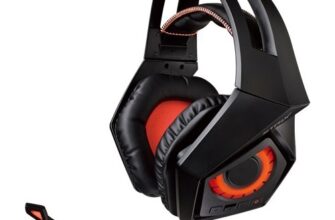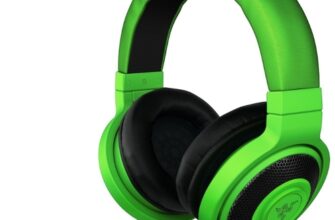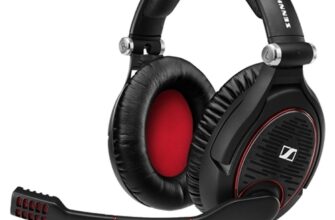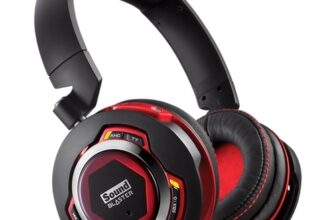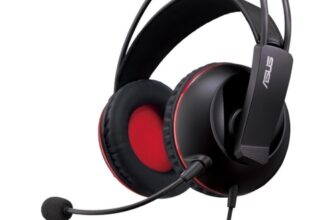If a child started asking for a computer for study, then most likely he needs a powerful configuration on which to run modern games. And it is worth it accordingly. However, buying a laptop specifically for study can save you a lot.
How to choose a laptop for study: the necessary specifications

Before you go in search of a laptop for study, it is worth identifying a few important points:
-
Do you plan to carry it with you to lectures or lessons?
-
What does a student learn in general? Does he need resource-intensive programs like AutoCAD or Adobe Photoshop? Or maybe he needs to run virtual machines to test programs?
If a student is studying in a humanitarian or a simple technical specialty, the simplest configuration will be enough for him. If it comes to design, programming, construction or similar professions, then a cheap 'machine' will not work.
Therefore, the following technical characteristics can be distinguished, which are worth paying attention to:
-
Weight (to make it comfortable to carry);
-
Size (for the same reason);
-
Battery life (will the laptop survive the entire school day without recharging?);
-
The amount of permanent memory;
-
The amount of RAM;
-
Screen resolution (for designers);
-
The presence of a 'discrete' video card (for designers and constructors);
-
CPU clock speed (for programmers).
Weight and size
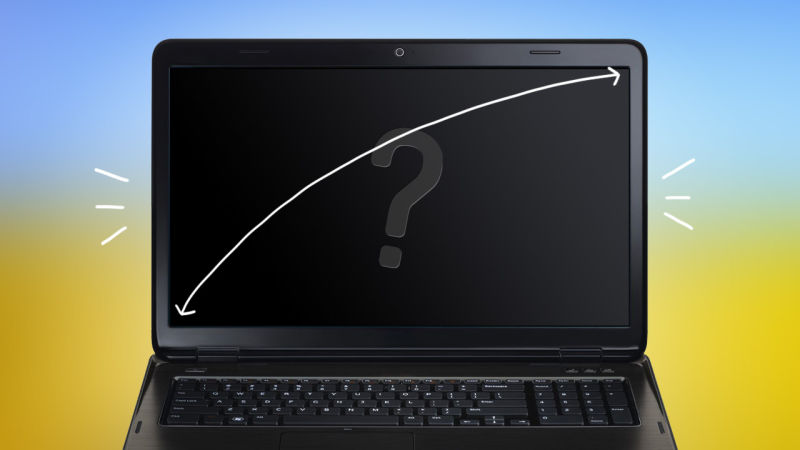
The optimal weight for a laptop that you plan to carry with you to school is 1-2 kg. Models are easier to buy meaningless for two reasons – first, there are very few of them; and secondly, they are too expensive for their performance. Of course, there are hybrid models, but about them – a little below.
Heavier laptops will simply be uncomfortable for everyday use.
Now to the dimensions. The optimum is 13.3 inches. The 15.6-inch models are too bulky to fit into a regular backpack or bag, and the 11.6 or 10-inch models are uncomfortably small.
But this is true primarily for classic laptops. Hybrid devices, which are a tablet with a keyboard, are usually lightweight and inexpensive. And they rarely exceed 11.6 inches. They are very well suited for use as a 'laptop for study', however it is worth remembering that the small screen can cause some inconvenience to use, and the performance is usually very poor.
Battery life

Battery life depends on three parameters – internal battery capacity, processor power consumption and display resolution. That is, for example, laptops with a powerful (60 W / h) battery, but at the same time with a Intel Core i7 processor and a 2K screen, “live” on battery power for a relatively short time.
Low-resource CPUs include Intel Atom, Intel Pentium, Intel Celeron, and Intel Core i3. But their performance is also low. For screens, the optimal resolution is 1366 × 768 pixels for 16: 9 and 1200 × 800 for 3: 2. Higher is necessary only for artists and designers.
The optimal battery capacity for a laptop is 30 Wh or 5000 mAh. Computers with such a battery will be able to 'live' all day – unless, of course, they are operated at their maximum capacity.
Permanent memory capacity
The amount of permanent memory (hard disk) determines how much information can be stored on the laptop. It is advisable to purchase configurations with a 320 GB HDD. A larger volume is unlikely to be needed, and a smaller one may not be enough.
RAM size
The amount of RAM is one of the parameters that determine the performance of a laptop. The larger it is, the faster the computer works. And, as of today, the optimal amount of RAM is 4 GB. It is sufficient for most everyday tasks.
But when it comes to performing resource-intensive tasks such as running virtual machines, 4 GB of RAM may not be enough. For programmers, designers and the like, laptops with a lot of RAM are needed.
Display resolution
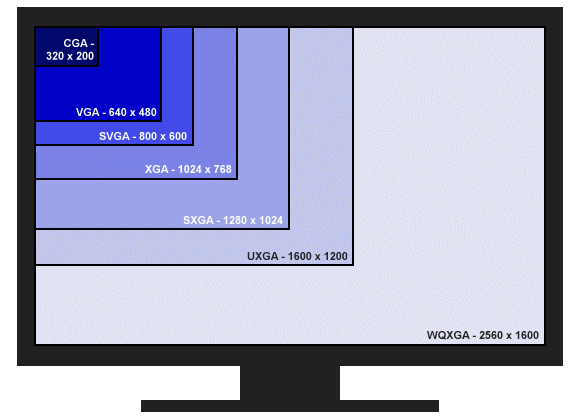
It should be immediately noted that such a parameter as display resolution is only important for professionals who work a lot with graphics – designers, architects, designers, etc. They need at least Full HD – screens.
For most other students, a 1366 x 768 or 1200 x 800 pixel screen will suffice.
The presence of a discrete video card
This parameter, as well as the display resolution, is only important for specialists who work a lot with graphics or video. Accordingly, they require laptops with a discrete graphics card.
But it is worth remembering that the more powerful the video card, the more it consumes battery power.
CPU clock speed
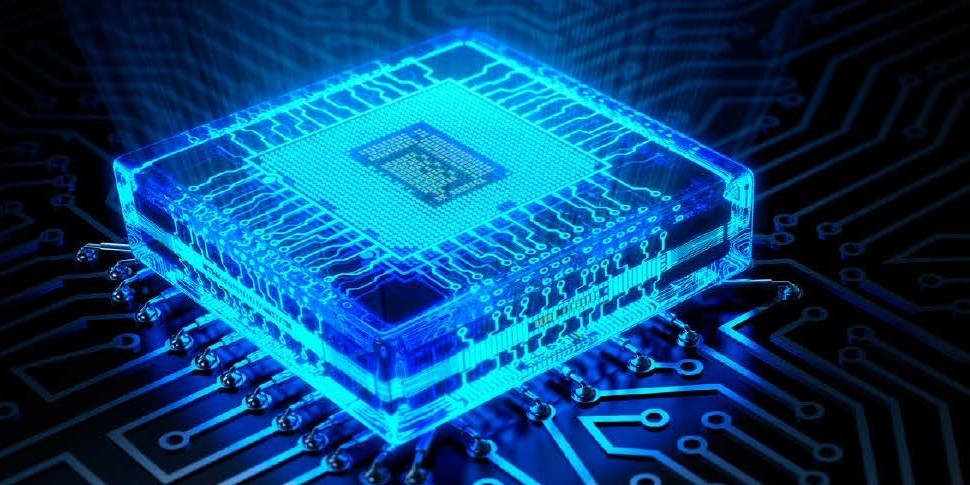
This parameter is meaningful only for a limited circle of specialists – programmers, engineers, designers, etc. It, of course, determines the overall performance of the computer, however, if we are not talking about resource-intensive tasks, the difference in performance between configurations with a relatively weak and relatively powerful CPU will not be too great.
Notebooks with Intel Core i5 and higher are required for programmers and other specialists listed above. For the rest, Intel Core i3 (or lower) is enough.
Summary
A laptop is, first of all, a working tool. And therefore, it must meet all the needs of the user. If the owner just needs to take notes on lectures, he does not need a powerful laptop, a device with a comfortable keyboard is enough (by the way, that of models Lenovo). If you need to write programs, draw circuits, etc., then you should look at a more efficient configuration.
!
In the following articles, our experts tell you how to choose a laptop for work, the secrets of choosing a quality laptop, the main criteria for choosing a laptop for games, as well as our main expert to answer the question – which is better – a tablet or a laptop.
Attention! This material is the subjective opinion of the authors of the project and is not a purchase guide.


